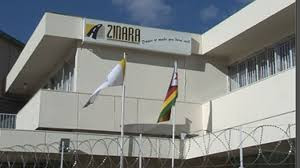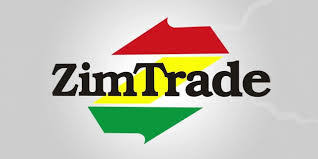
The Zimbabwe Asset Management Corporation (Zamco) is set stop further acquisitions of non-performing loans (NPLs) and focus on resolution and resuscitation, as it moves to curb moral hazard in the banking sector.
BY BUSINESS REPORTER
Zamco is a special purpose vehicle created to buy secured bad debts to free the balance sheets of banks to be able to lend again.
Banks had cut back on lending on the back of rising defaults, which reached 20,45% in 2015. The NPL ratio stood at 7,87% as at December 31.
In his monetary policy statement last week, Reserve Bank of Zimbabwe (RBZ) governor, John Mangudya said Zamco was in its final acquisition phase of the NPLs to be completed by March 31.
“After these acquisitions, Zamco will stop further acquisitions and focus on resolution and resuscitation,” he said.
“This will curb moral hazard in the banking sector and is a standard practice internationally for all asset management companies formed to resolve NPLs. Going forward, the operationalisation of the credit registry would help the economy to contain NPLs.”
Mangudya said some of the accounts that were declined in phase one and two, because of non-viability of their businesses, could be eligible for phase three acquisitions if they are secured by mortgage bonds.
- Chamisa under fire over US$120K donation
- Mavhunga puts DeMbare into Chibuku quarterfinals
- Pension funds bet on Cabora Bassa oilfields
- Councils defy govt fire tender directive
Keep Reading
Zamco will be using other resolutions methods (other than loan restructuring) to resolve loans acquired in the third phase.
These acquisitions are expected to further reduce the levels of NPLs in the banking sector.
As at December 31, 2016, Zamco had a portfolio of acquired NPLs amounting to $812,52m, which comprised proprietary portfolio ($548,66m and managed portfolio $263,86m).
Mangudya said the final acquisition would focus on the remaining NPLs secured by mortgage bonds, adding that a credit registry meant to contain NPLs went live last month.
As at January 31, a total of 104 000 loans or 25% had been uploaded to the system.
The registry is expected to enhance the credit culture among borrowers in various sectors of the economy.
Mangudya said RBZ was on course to capture all the 414 262 loans, which are in the banking sector by March 30, 2017 onto the registry.
“In line with the phased implementation approach, which the Reserve Bank adopted, banking institutions are already providing their loan records to the registry and updating the records regularly with payment patterns of clients when repayments are effected,” he said.
Banking institutions, microfinance institutions and other credit providers would be required to undertake credit background checks with the registry and the private credit bureaus when considering loan applications, he said.











